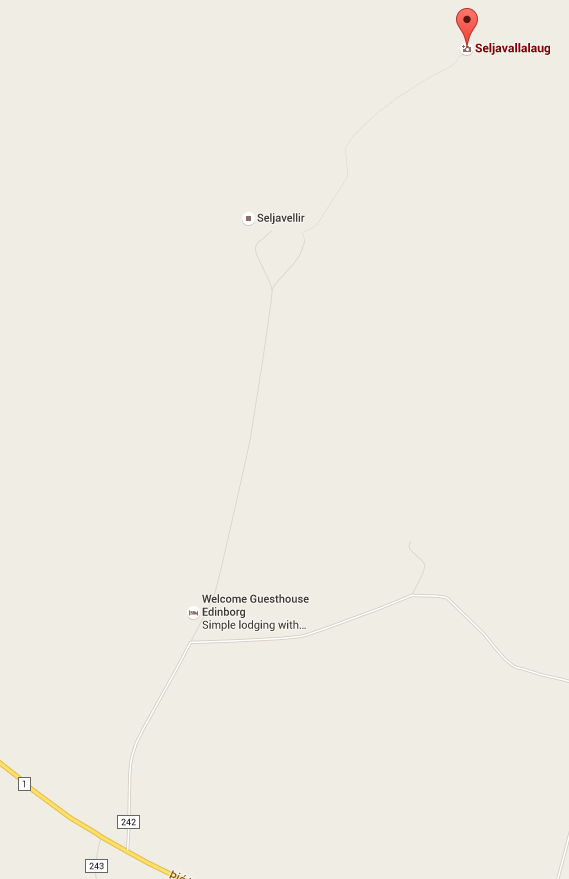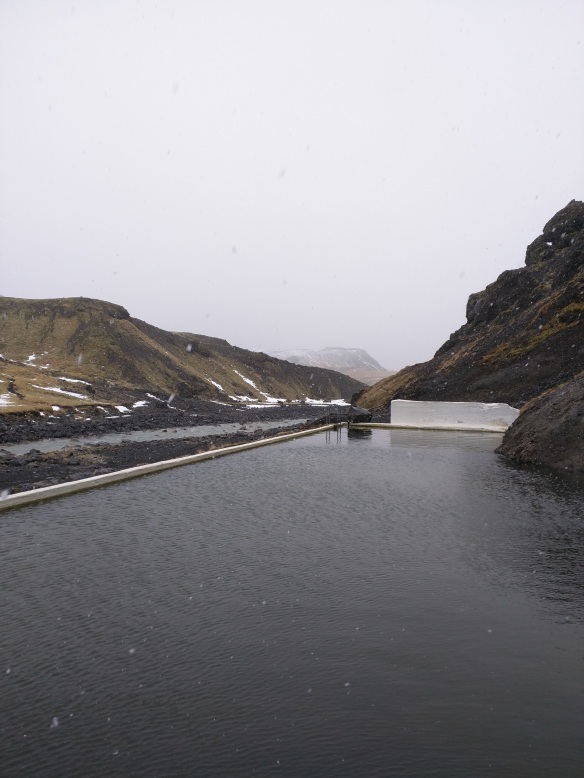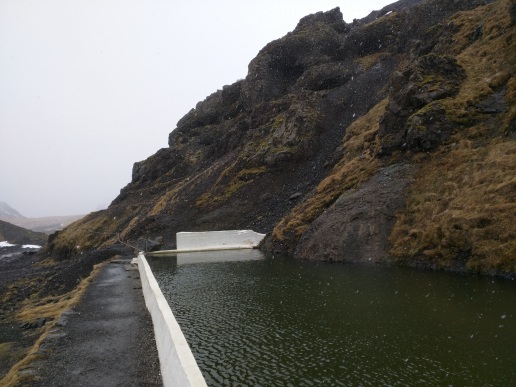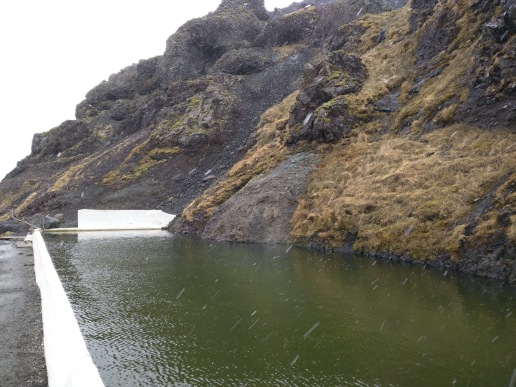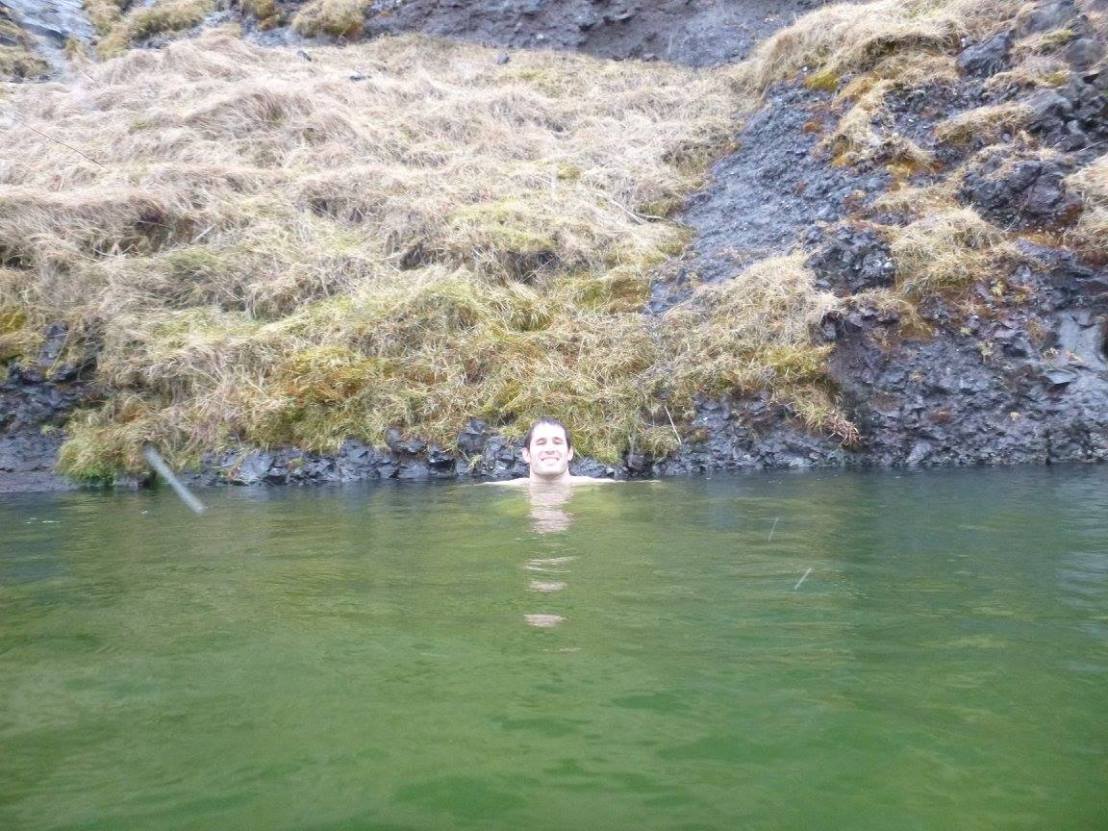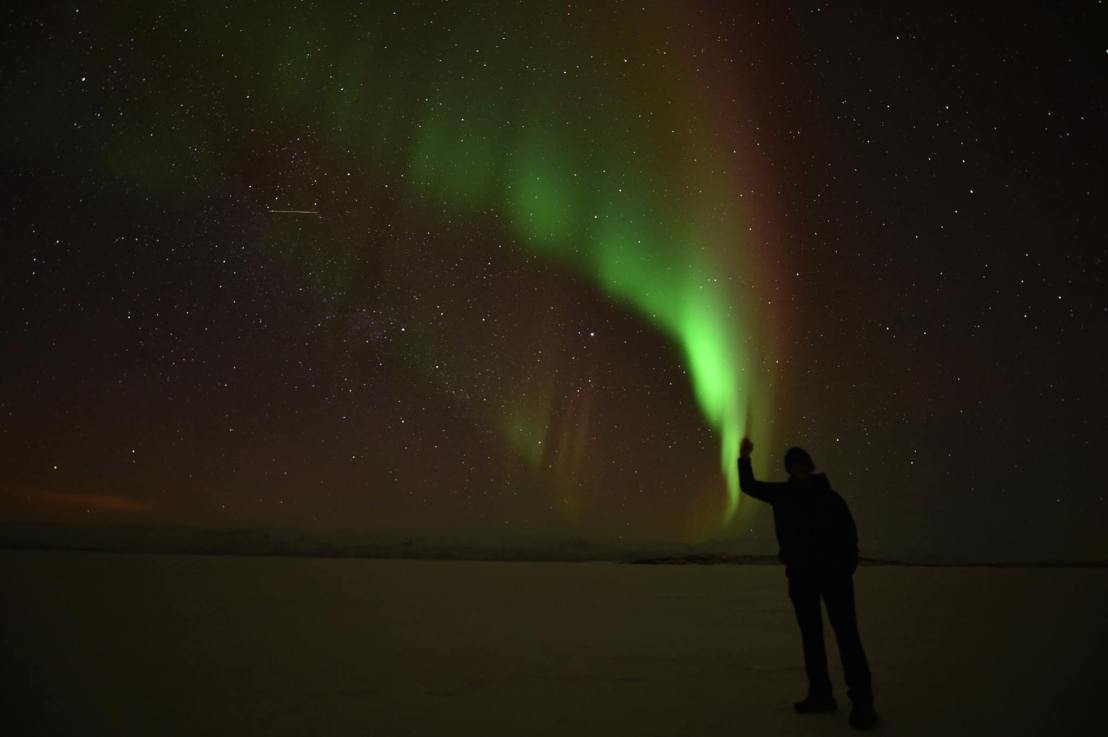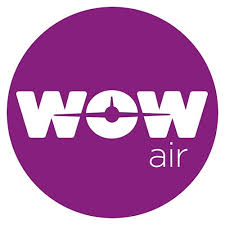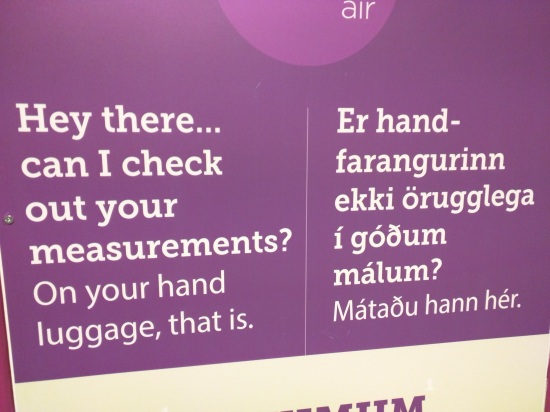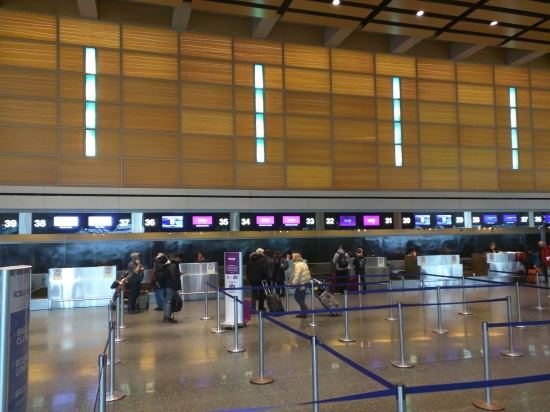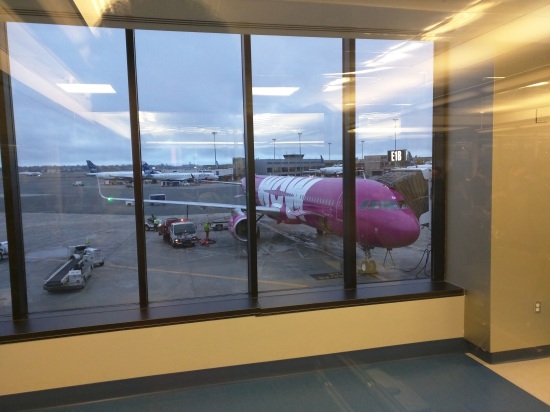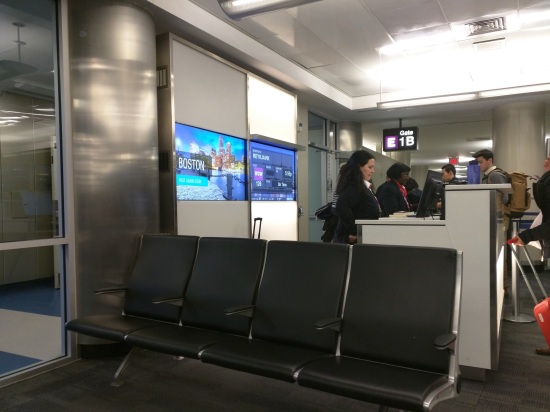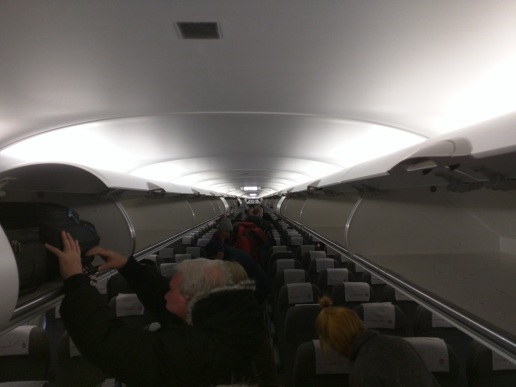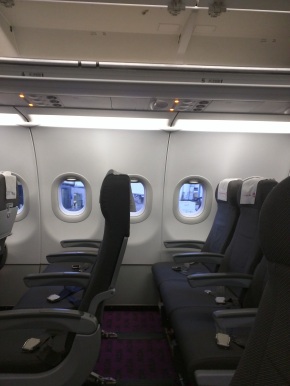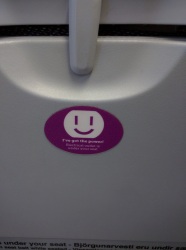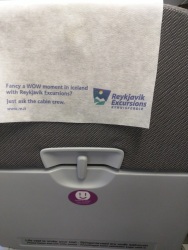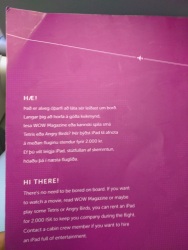Ever since seeing the Northern Lights last year, it’s made me want to go back to the far northern regions of the world to see them as often as possible. Combined with the fact that Iceland is supposed to be one of the most beautiful countries in the world, when budget carrier WOW Air announced nonstop service from Boston to Reykjavik starting at $99 one-way, it was a no-brainer to take advantage of this.
Unfortunately, the $99 fares for the dates that worked for me were all gone, but I still managed to book a nonstop flight for $369 roundtrip. (The flight would have been $389 had I booked it in US dollars, but by taking advantage of the option to book in foreign currencies, I leveraged the plummeting Canadian dollar to save $20). On top of that, $250 of this was reimbursed back to me thanks to the annual airfare credit on my Citi Prestige, which I consider to the be the best all-around travel card.
Now, in most of the cities from which they’re flying, WOW air is competing heavily with the flag carrier of Iceland, Icelandair. While I have not flown them (nor do I have immediate plans to do so), Icelandair is generally considered to be a very good airline, famous for their generous stopover rules in Reykjavik and ambient Northern Lights-like lighting. They also tend to be significantly more expensive. By trying to compete with them in many of their markets, WOW Air is taking a gamble that there’s a significant part of the population out there that doesn’t mind opting for a Spirit Airlines-like model(which isn’t so bad) where people pay significantly lower base fares, but sacrifice comfort, and are charged fees for everything. Judging from the capacity of yesterday’s flight, as well as the fact that they’ve extended their schedule well into this year, and even launched service from new markets like San Francisco, it seems to be working so far.
Brief aside: I’ve sometimes heard concerns from people about the safety risks of numerous budget airlines, and wondering if they can trust them. However, it is important to keep in mind that in order to be approved for commercial air service to and from the United States, an airline has to meet numerous stringent safety regulations. This is partially why there is no nonstop service between the United States and Bali, as Indonesia has the worst airline safety record in the world. In other words, if the airline you’re thinking of flying has been approved to fly in and out of the United States, you don’t need to worry.
Pre-flight
Similar to most budget carriers, they have a very strict weight limit for carry-on baggage (or as the Europeans call it, “hand luggage”) of 5kg or 11 pounds, as well as the typical carry-on size of [INSERT DIMENSIONS]. In other words, you can bring the suitcase you usually do, but it has to be much lighter than usual. Now, how extreme you are about packing really depends on whether your goal is to save as much money as possible, or just to be happy with a good deal. Even if you pay for a higher carry-on allowance and checked baggage, the cost of your flight will still be significantly lower than the equivalent on Icelandair. Of course, I fall into the first category.
After packing everything which I thought I needed for a week, it turns my suitcase was at 15 pounds. Luckily, there are ways to get around this weight limit. While WOW does not allow an additional “personal item” like most airlines, they do allow “one duty-free shopping bag.” I thought this was rather odd, but I wasn’t going to complain. Luckily, I had my shopping bag from my layover in Dubai (whose airport is arguably the biggest duty-free shopping destination in the world) and slipped my laptop into it. Now, a plastic bag is no substitute for a real laptop case, so I made a note to myself to slip my laptop into my suitcase as soon I got my baggage approved (Of course, as Murphy’s law would have it, when walking out to get my free UberPool to the airport), I took quite a spill on the sidewalk, but my laptop survived). On top of that, I took advantage of the rather deep pockets in my winter coat and put a considerable amount of shirts and socks in those too, getting the final weight down to just over 11 pounds.
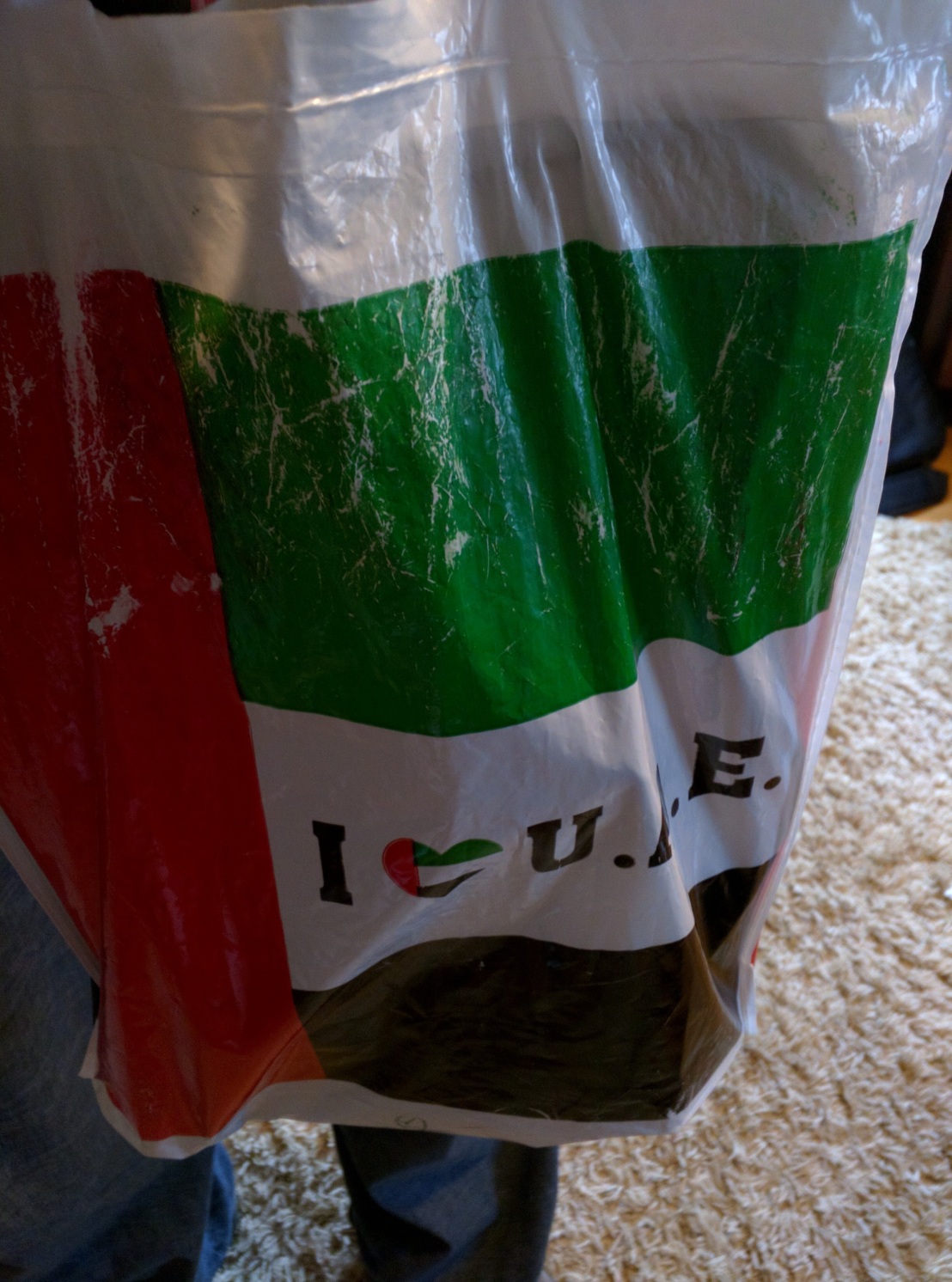
Given that WOW needs to weigh all luggage, they do not allow online check-in, which is a huge annoyance. Needing to hop on a work call at 3:30pm with my flight at 6pm, I arrived at the airport at 3pm, hoping that they would open their check-in desk earlier than the stated two hours before flight departure. Luckily, they were open. The person at the check-in desk looked skeptically at my suitcase, thinking it would be over the weight limit, but was impressed when I just barely made it under. However, he didn’t even look at the duty-free bag I was carrying. For all I know, I could have been holding an entirely separate carryon bag and I wouldn’t have been charged. Nonetheless, the important part was over. I had been issued my boarding pass and had my luggage approved. On top of that, because I had checked in so early, I got a seat very close to the front. I then transferred everything into my suitcase.
Unfortunately (and this is an issue unique to Logan Airport in Boston), WOW Air departs from the two international gates that are sectioned off from the rest of the international terminal, so there is not a whole lot to do in the waiting area. I opted to go to the bigger part of the terminal so I could take my call from the Air France lounge.
Boarding
Boarding began 45 minutes before the flight. Not surprising, almost everyone was under 40, to the point that one older couple remarked, “Why are we the only old people here?” I guess older people really do prefer to pay extra for the amenities on Icelandair.
The first thing I noticed was the bright magenta uniforms of the flight attendants, who were all gorgeous tall Nordic women with their hair tied back in a bun. While they had a very slight accent, their English was nonetheless excellent, which is consistent with what I’d heard about Iceland residents. I thought it was odd that they were doing all of the pre-flight announcements in both English and Icelandic – not only were most of the passengers Americans, but English proficiency in Iceland is very high. A few minutes before the flight, they amusingly announced that there were no Icelandic passengers on board, and therefore would be giving all subsequent announcements in only English. I guess Icelanders really like Icelandair, and/or don’t have any interest in visiting Boston.
The aircraft itself was very nondescript, save for some cute seat covers and vomit bags. The leg room was smaller than usual, but I knew that going in. I put my most of my stuff in the overhead bins, and settled into my seat, which did have power outlets, a surprising amenity.
Flight
Despite some light snow, the flight mostly took off on time. The flight itself was mostly uneventful. Given that we were departing at 6pm and arriving at 4am (both local times), I am not quite sure why they kept the lights on the whole time, asit made it harder to sleep. There were quite a lot of young men on the flight likely feeling proud of the fact that they had scored a $99 fare and were using this as an excuse to purchase copious amounts of alcohol, and got pretty rowdy (if you live in Boston or have been to Boston, you know the type of people I’m talking about). The flight attendants enjoyed some of their flirting, but mostly seemed annoyed with them. Right before landing, one of them spilled his drink all over himself, which was delightful schadenfreude to the rest of us.
As expected, there was no complimentary food or beverages going in, which is why I made sure to eat and drink enough before the flight. For a longer flight, I would have packed a meal for the flight, but for a five-hour flight, this didn’t seem necessary. As is the case with most things in Iceland, food/drink tended to be very expensive, with sandwiches somewhere in the $10 range. There were no in-flight amenities like Wi-Fi or movies/TV, though one could rent iPads to watch movies on. Furthermore, as it was an overnight trans-Atlantic flight, there was very little to look at out of the windows, save for some city lights in Maine and Canada at the beginning.
The in-flight magazines were surprisingly good, with quite a lot of real original content, as opposed to the typical articles being pushed by an advertiser. In particular, there was a very interesting article about the upcoming presidential election in Iceland. At one point, the article mentioned a past election had a “paltry” turnout at 63%, which I found quite amusing as a US citizen. Iceland is also famous for having the first democratically elected female president in the world (other than Eva Peron, who initially succeeded her husband), and was unanimously loved throughout the country during her 16-year tenure as president. Unfortunately, while there were quite a lot of “off the beaten path” articles about what to do in Iceland, the articles on what to do in San Francisco and Boston felt like they’d been copied and pasted from a tourism bureau website.
We arrived in Reykjavik slightly ahead of schedule, after which I staked out a spot in the airport to nap until my friend arrived from New York a few hours later.
Summary
While I was expecting the last section to be much longer, there really just isn’t a whole lot to write about, positive or negative. In the end, WOW Air is just yet another budget carrier which is realizing the model of having low base fares and charging fees for almost everything is quite profitable. Would I take it again? Absolutely. I knew what I was getting myself into ahead of time, and prepared adequately and had no problems.
However, given that WOW Air is now essentially competing with Norwegian Air Shuttle to offer cheap one-stop flights into Europe from many cities in the US (for example, you can take WOW to Paris from San Francisco by stopping in Reykavik, or you can take Norwegian to Paris from Oakland by stopping in Oslo or Stockholm, both for far lower than a nonstop flight on Air France), I would much prefer Norwegian if I had the choice, even if it was just slightly more. While Norwegian is still ultimately a budget carrier, they tend to go above the basic expectations of a typical budget carrier by offering things like Wi-Fi and free movies, not to mention a little more leg room. Of course, they do also keep fares low through questionable labor practices, which I’m a little less comfortable embracing. (For more on why I love Norwegian, refer to this post.
But for a $99 nonstop flight to Iceland, WOW Air is hard to beat, and there are still quite a few $99 flights available from a variety of cities.
Over the next few weeks, I will be making some more posts about my Iceland trip, about which I have been absurdly excited for quite some time.
Have questions about something? Have your own WOW Air experience? Feel free to e-mail me, or post in the comments below.
Like this:
Like Loading...
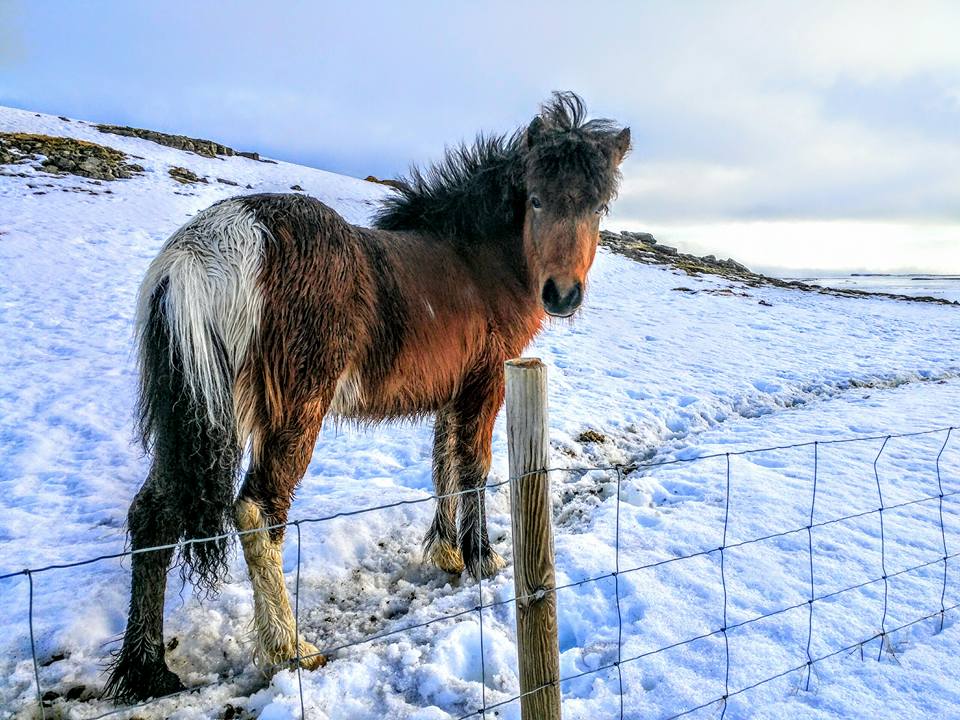
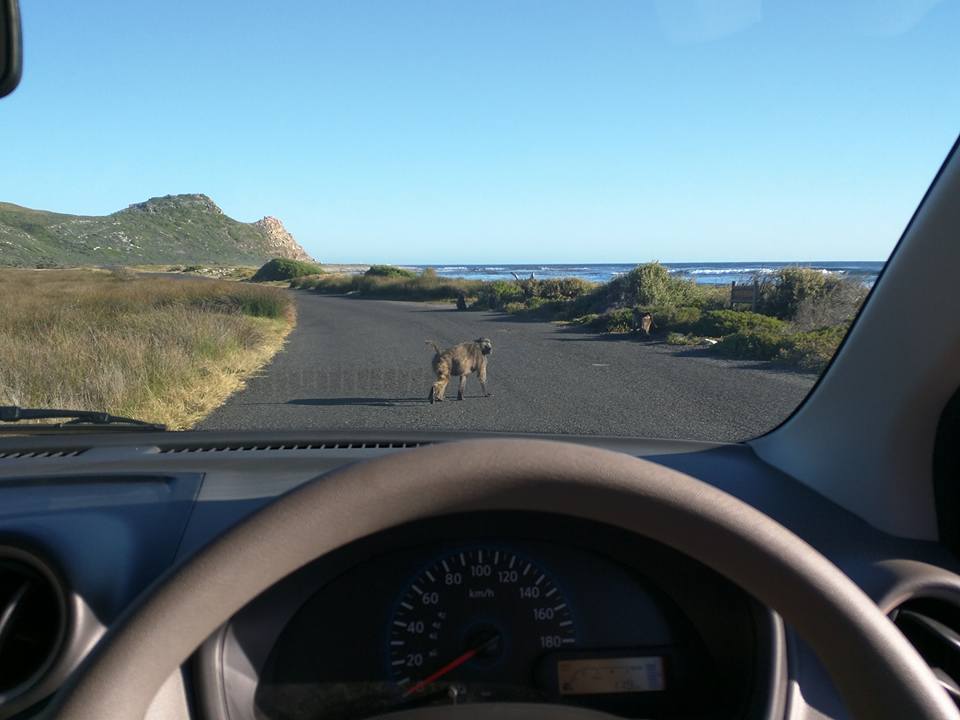


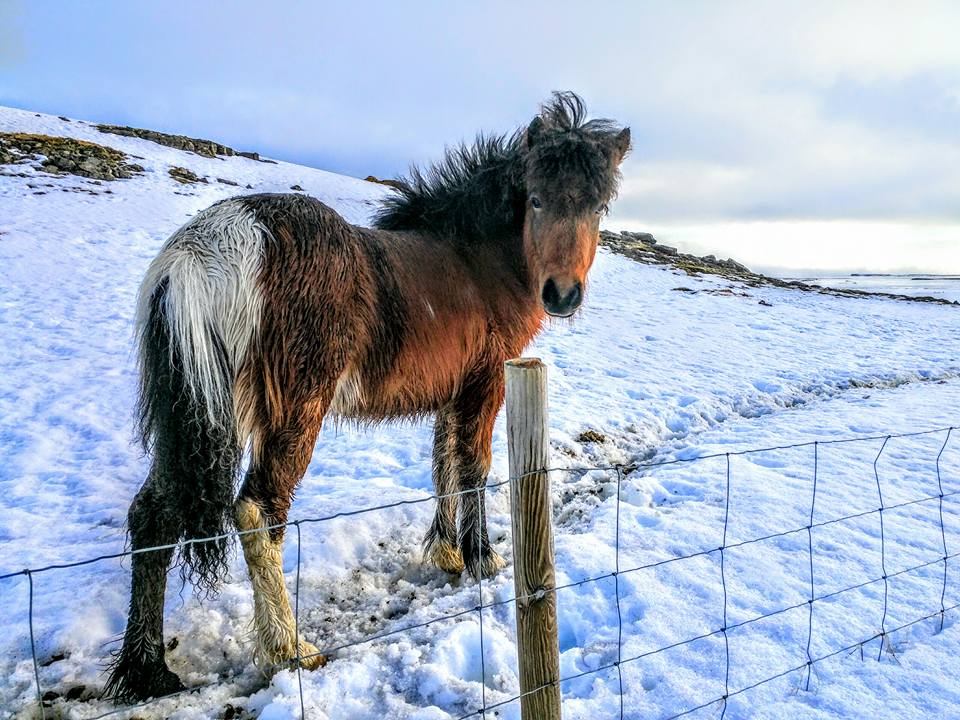
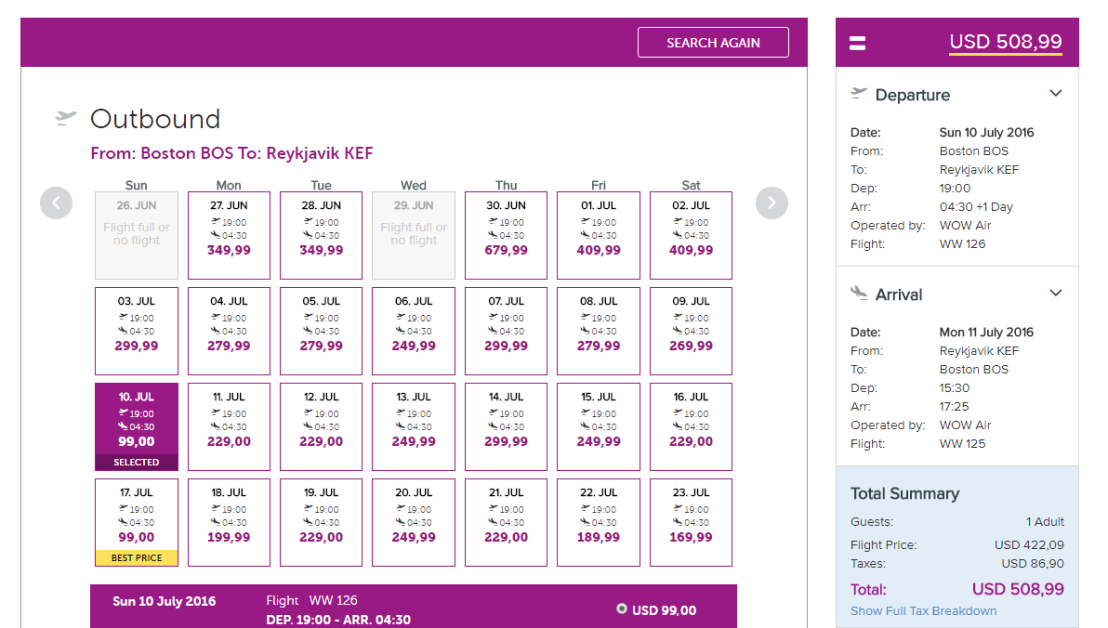
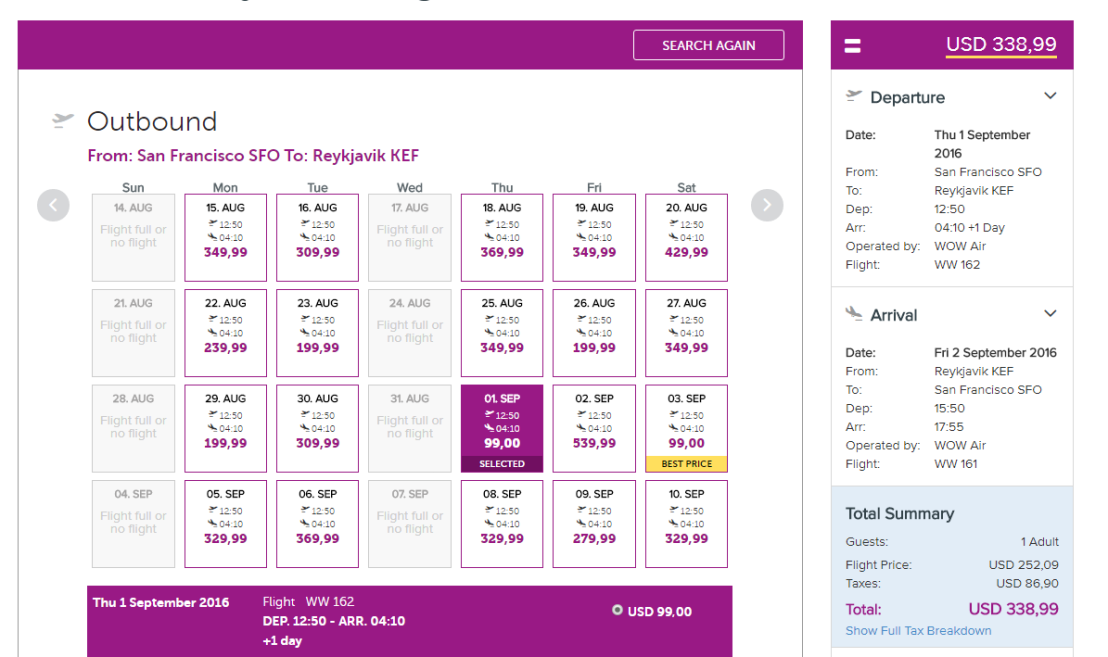

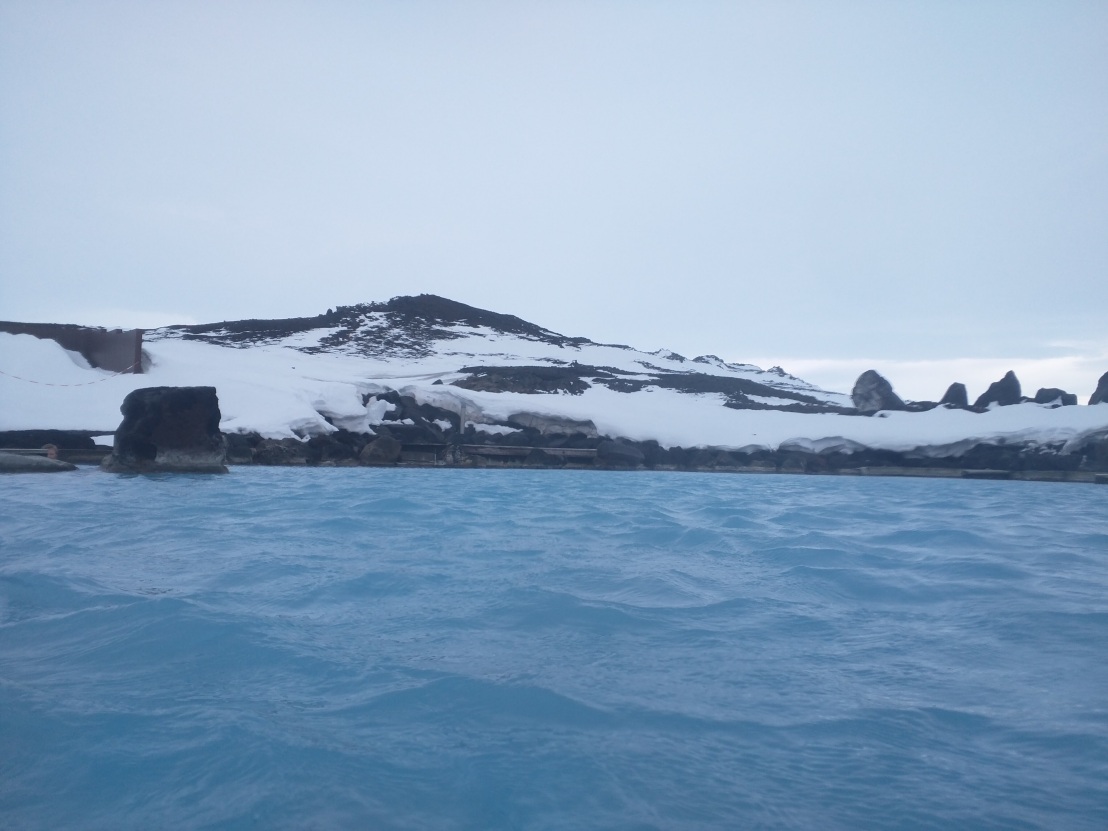
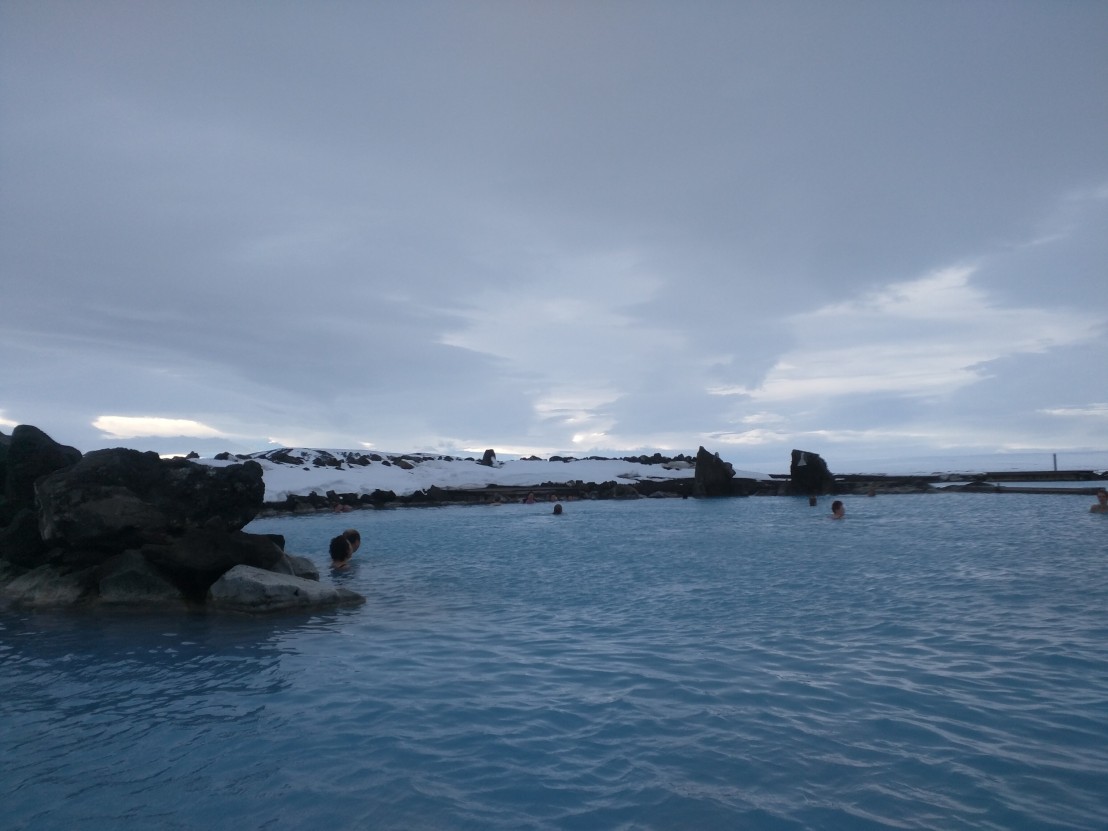
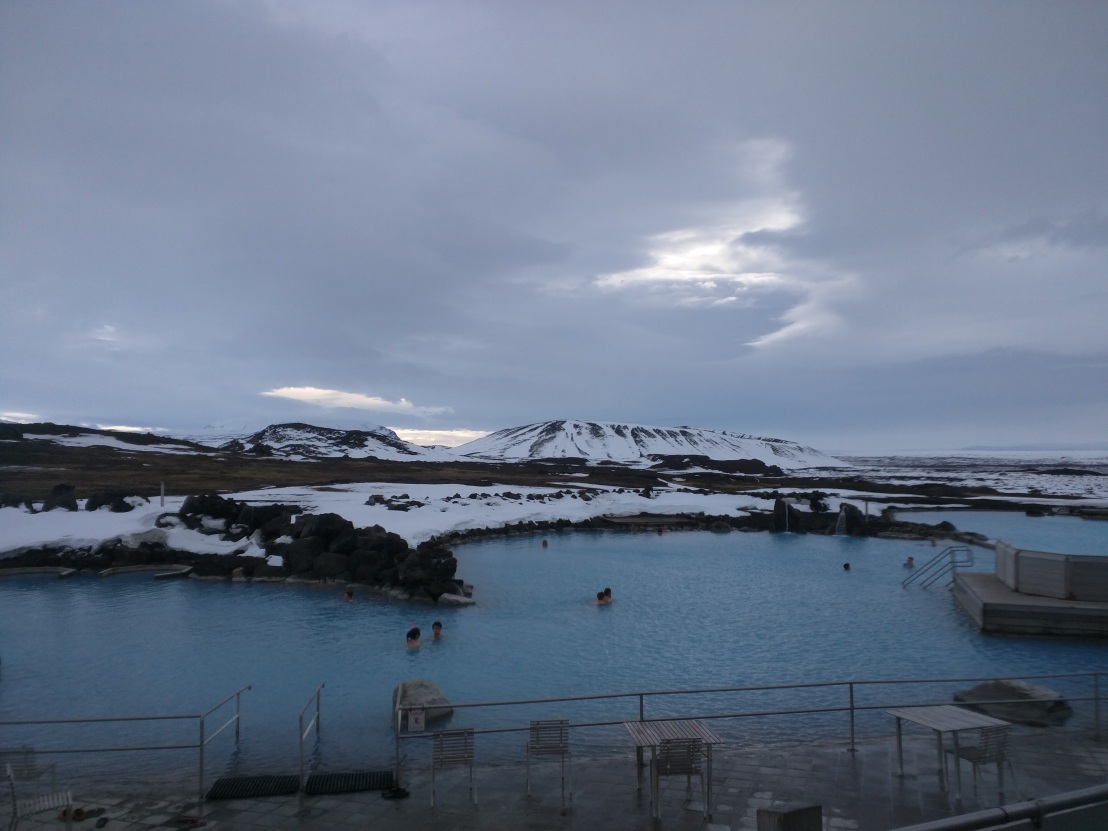
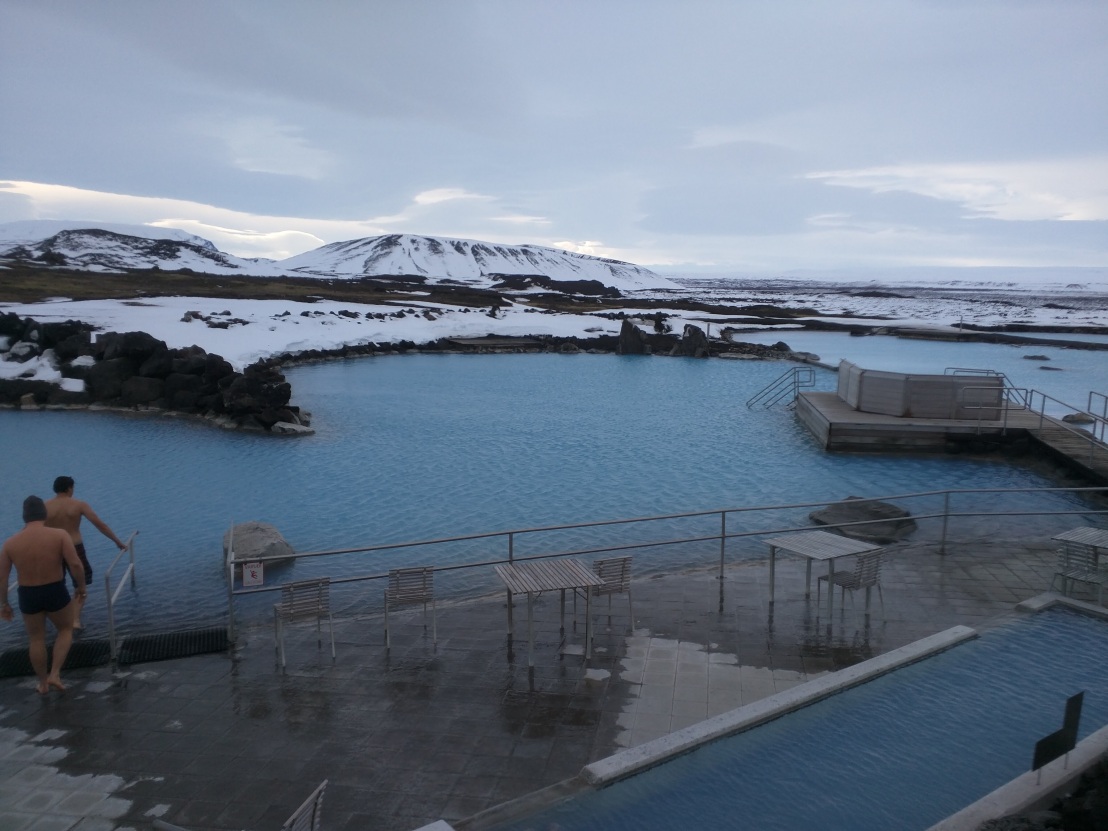
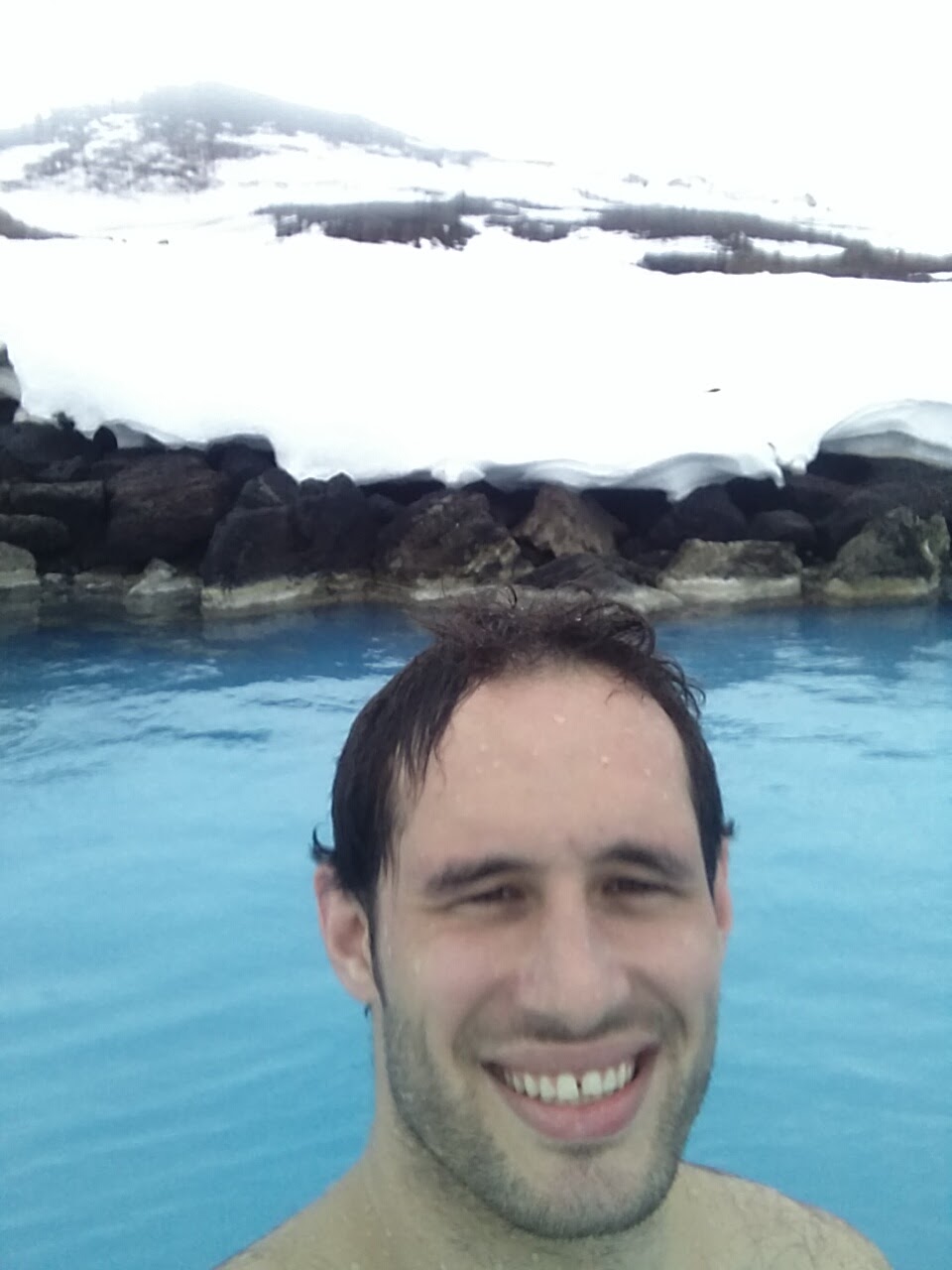
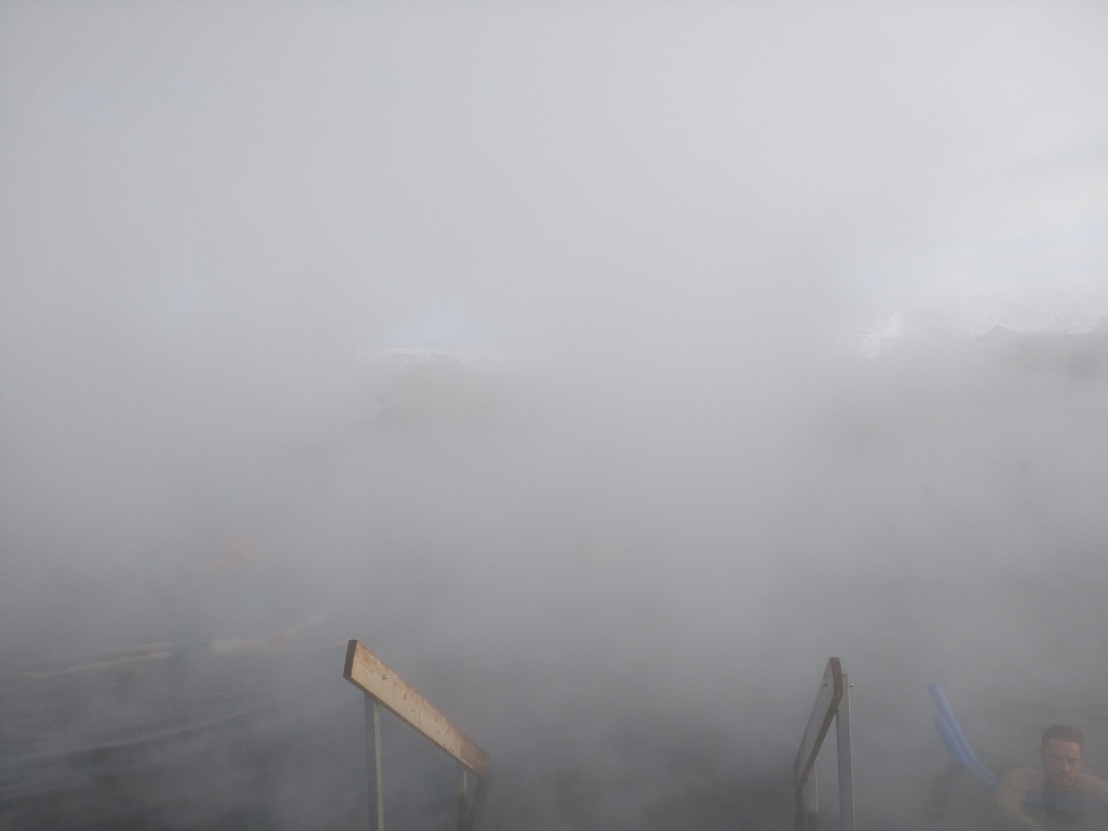
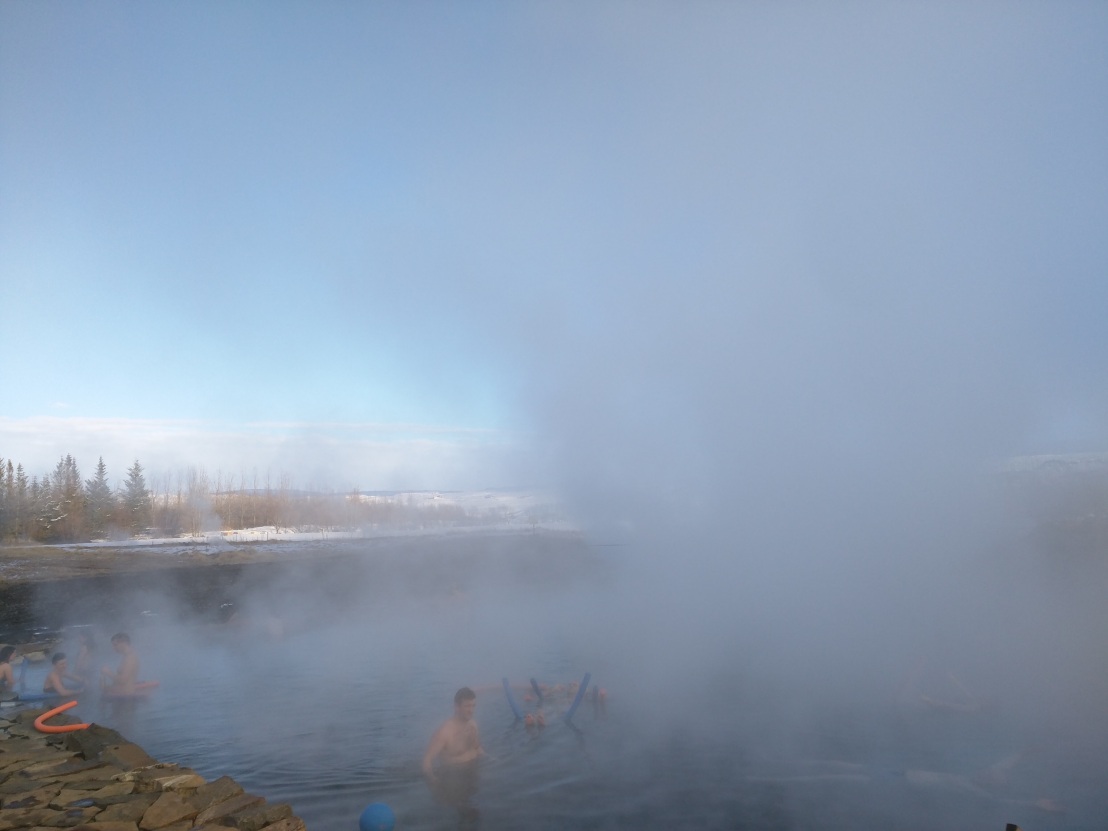 Nonetheless, this is a great way to relax after a long day of driving around the Golden Circle, as you can dig your feet deep into the squishy mud below you. There is also a small boardwalk that goes around the pool where you can see mini geysers “erupting”, but I wouldn’t recommend dipping your feet in any of these, as the water is around boiling temperature.
Nonetheless, this is a great way to relax after a long day of driving around the Golden Circle, as you can dig your feet deep into the squishy mud below you. There is also a small boardwalk that goes around the pool where you can see mini geysers “erupting”, but I wouldn’t recommend dipping your feet in any of these, as the water is around boiling temperature.